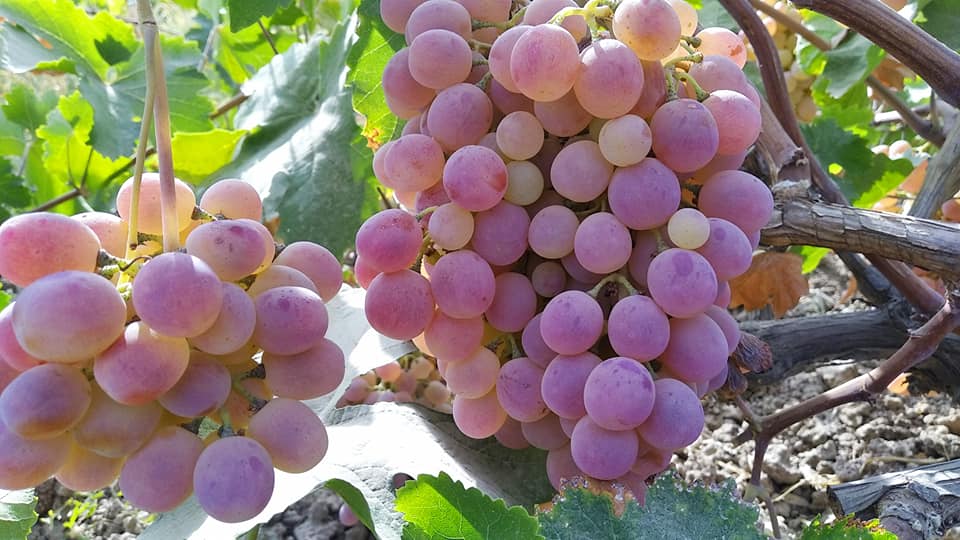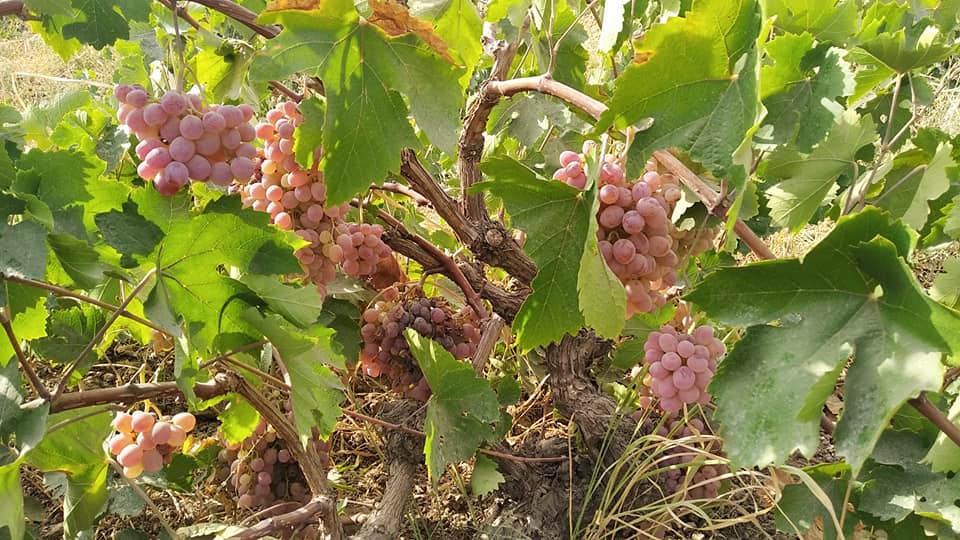The consequences of severe January frosts for vineyards in Tajikistan became known in mid-April 2023. As Asia-Plus writes, the vineyards of the Hisar Valley suffered the most, and the frosts almost did not affect the vineyards of the Khatlon and Sughd regions.
According to farmers of Tursunzade, Shakhrinav, and Hisar, more than 80% of their vineyards died from frost. It will take three to four years to restore the vineyards.
As a farmer from the city of Tursunzade said, because of this, this year’s harvest will be too small – about only 10-15% of last year’s volume. According to local farmers, from next year it will be possible to gradually increase grape production by 20-25% annually, and only in 4 years the production will be restored to the level of the 2022 harvest. This will require significant funds and effort, as the dried vines completely must be replaced.
In a comment to EastFruit, the international consultant of the Food and Agriculture Organization of the United Nations (FAO), Bakhtiyor Abduvokhidov, confirmed the catastrophic consequences of frosts for the viticulturists of the Hisar Valley. “There will be almost no grape harvest in this region this year. Frosts damaged the vines of almost all varieties of grapes – we cannot say that some varieties were damaged, while others were not.”
According to Bakhtiyor Abduvokhidov, in the north of the country, in particular, in the Sughd region, work in the vineyards is being done as planned and the harvest will be at the expected level.
The FAO international consultant is confident that in the current situation, an increase in prices for grapes is inevitable.

The specialist notes a positive factor: “Given that mainly old varieties are cultivated in Tajikistan, the freezing of vineyards is a chance for farmers to carry out variety replacement and plant new varieties that are in demand in global markets. Without this problem, no one would uproot old vineyards to replace them with new varieties, and this is a good chance to modernize production.”
Read also: Ranking of leading table grapes varieties in Uzbekistan gives no hope for export expansion
In 2022, the country produced 279 000 tonnes of grapes, and Tajikistan ranked third in Central Asia after Uzbekistan and Turkmenistan.
According to the forecasts of the Ministry of Economic Development, grape production should have increased to 281 000 tonnes this year.
Khatlon region grows 120 000-125 000 tonnes, the Sughd region – 60 000-65 000 tonnes, and districts of the Hisar Valley – about 100 000 tonnes of grapes per year. Tursunzade is the first among the districts of the republic, both in terms of production of table grapes and yield per 1 hectare.
53 000 tonnes were harvested last year there, which is about 20% of the total harvest in Tajikistan.
The largest vineyards in Tajikistan are located in Istaravshan, Bobojon Gafurov, Hisar, and Dangara regions. There is hope that the winegrowers of the Khatlon and Sughd regions will make up for the loss of crops in the Hisar Valley.
The commission of the Ministry of Agriculture of Tajikistan, which studies the impact of January frosts on agricultural crops, has not yet announced the results of its study, as work is ongoing, and for some crops, the consequences can be seen before the start of summer.
The use of the site materials is free if there is a direct and open for search engines hyperlink to a specific publication of the East-Fruit.com website.




